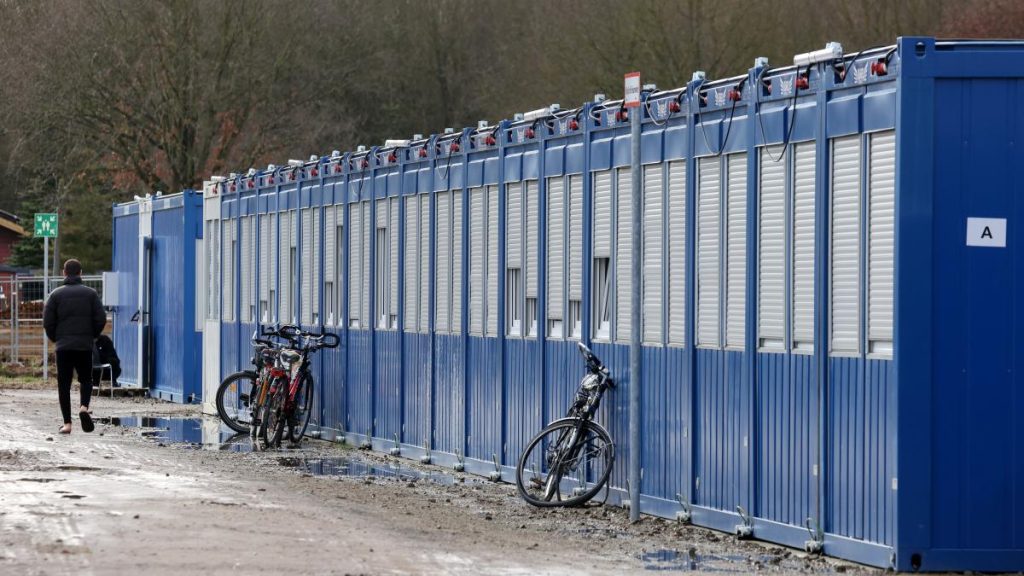The number of initial asylum applications in Germany decreased in the first quarter of 2024 compared to the same period last year, with 65,419 first-time applications being submitted from January to March, according to the Federal Office for Migration and Refugees. This represents a 19.2% decrease from the same period in 2023. Despite the decline, the number of asylum applications remains high. In March alone, 16,430 asylum applications were submitted, marking a 15.7% decrease from February. In 2022, the number of asylum applications in the first quarter was significantly lower at 41,776. The year ended with a total of 217,774 initial applications – the highest since 2017.
The majority of asylum applications in the first quarter of 2024 came from individuals from Syria, accounting for close to 20,000 applications, followed by Afghanistan (10,198) and Turkey (10,119), according to the Federal Office. A total of 80,651 initial and follow-up asylum applications were processed in the first quarter, with less than half (46.1%) of applicants being granted protected status. Federal Minister of the Interior Nancy Faeser (SPD) attributed the decrease in numbers compared to 2023 to the effectiveness of border controls, stating that “this shows that our actions are effective. We continue to protect many people from war and terror while effectively limiting the number of those who do not require our protection.” Temporary border controls have prevented 17,600 unauthorized entries since October, with over 700 smugglers being arrested by the Federal Police as a result of these controls.
The decrease in asylum applications in Germany has been viewed positively by Minister Faeser, who credits the effectiveness of border controls in preventing unauthorized entries while still providing protection to those in need. The recent numbers indicate a successful balance in managing the influx of asylum seekers. The highest number of asylum applications in recent years was recorded in 2022, but the figures for 2024 suggest a downward trend, which may be attributed to the government’s policies and enforcement measures. It remains to be seen how this trend will develop throughout the year and what impact it will have on overall migration policy in Germany.
Despite the decrease in asylum applications, the numbers remain relatively high, indicating ongoing challenges in managing migration flows and processing applications. The German government will need to continue monitoring the situation closely and adapting policies as needed to address the complexities of migration and asylum seeker processing. The success of border controls in preventing unauthorized entries and apprehending smugglers highlights the importance of effective enforcement measures in managing migration flows. As the year progresses, it will be important to assess how the trends in asylum applications evolve and to adjust strategies accordingly to ensure an effective and humane approach to asylum and migration policy in Germany.
The decrease in asylum applications in the first quarter of 2024 compared to the previous year signals a shift in migration trends in Germany. While challenges remain in managing the flow of asylum seekers and processing applications, the government’s efforts in implementing border controls have proven effective in limiting unauthorized entries and deterring smugglers. Minister Faeser’s positive response to the decrease in asylum numbers reflects a broader commitment to protecting those in need while also ensuring the integrity of the asylum system. Moving forward, continued vigilance and adaptability will be crucial in addressing the complex dynamics of migration and asylum policy in Germany.




